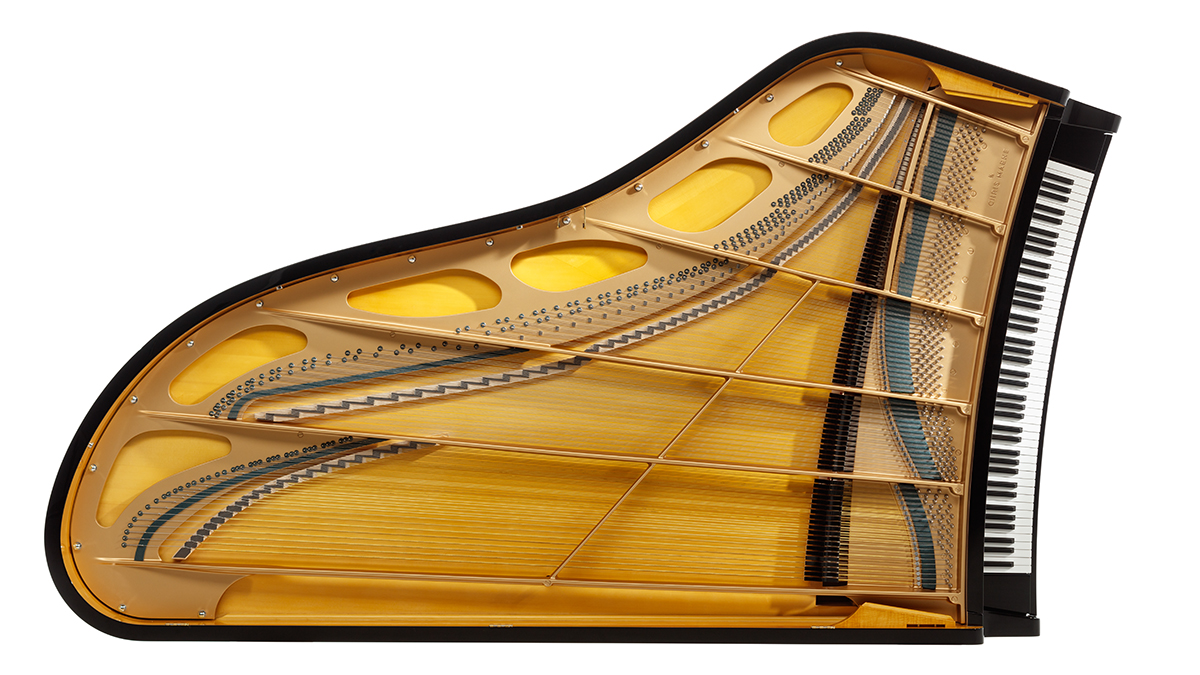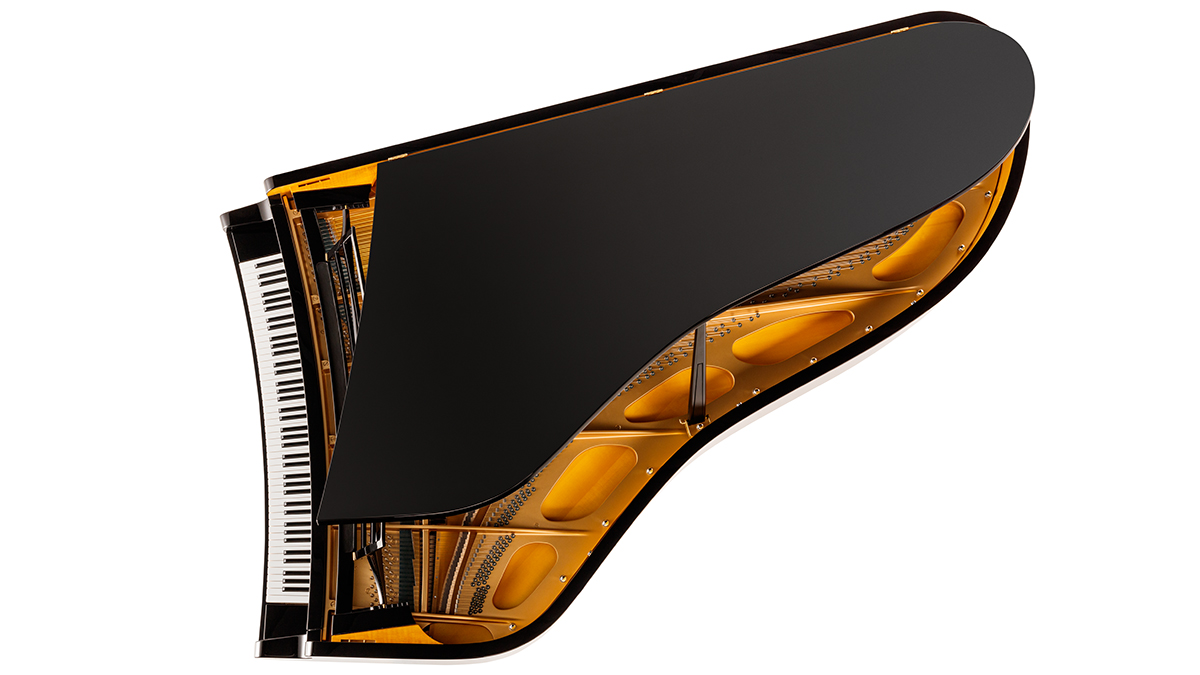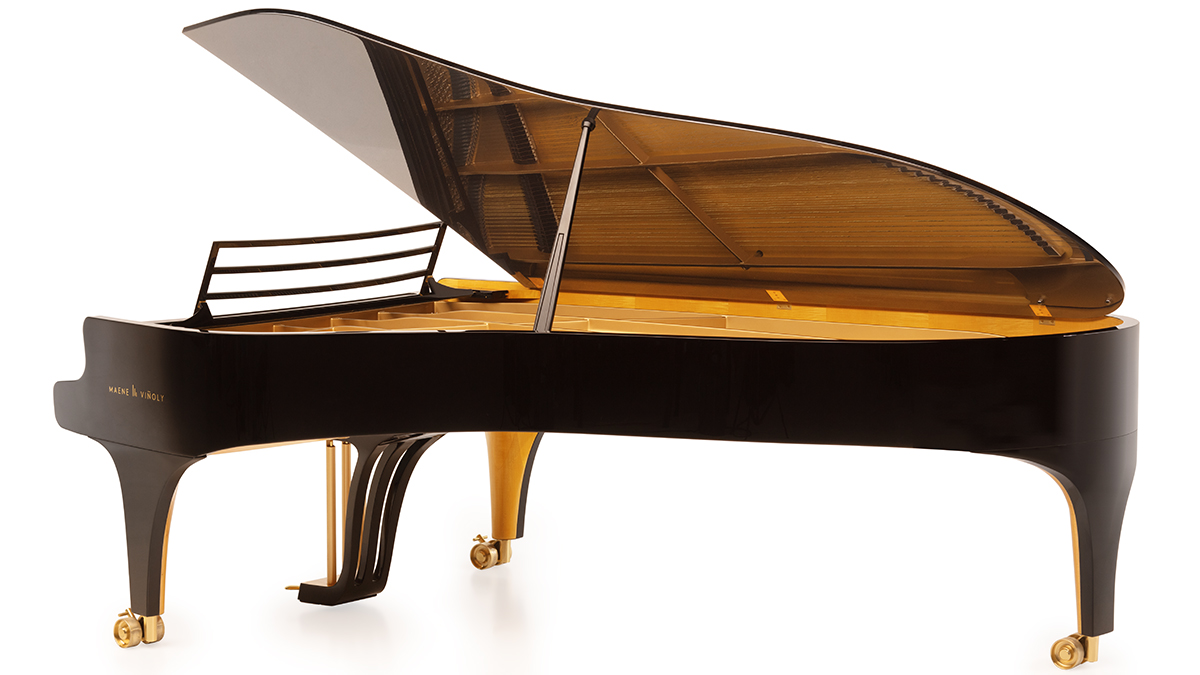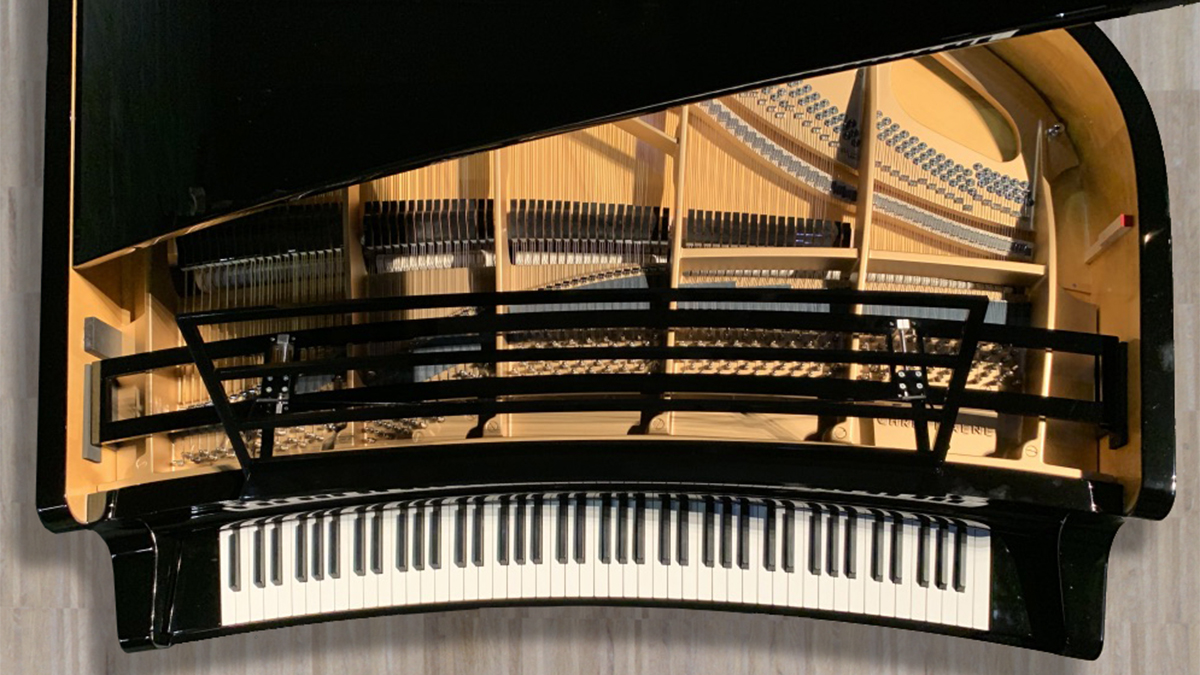“It feels like there are more keys”: this curved grand piano just made its debut at Carnegie Hall, and is praised for its “effortless” playability
Has keyboard development turned a corner or gone round the bend?
Join us for our traditional look back at the news and features that floated your boat this year. This story was originally published in November.
Best of 2023: Cast your mind back a few years and you may recall a time when TV manufacturers were telling us that curved displays were the next big thing. Obviously, it didn’t last long - see also: ‘3D TVs’ - but for a short time it felt like, if your TV wasn’t bendy, you were off the technological pace.
Whether the evolution of curved pianos will follow a similar trajectory remains to be seen, but the audience at Manhattan’s Carnegie Hall got a taste of what the future could look and sound like last night when a curved piano was used for a recital.
The instrument is a collaboration between piano maker Chris Maene and the late architect Rafael Viñoly, who died earlier this year. The New York Times reports that the idea stemmed from a conversation that Viñoly had with two pianist friends, who were expressing their frustration at how challenging a standard 88-note keyboard can be to play.
This triggered a brainwave in Viñoly, his son Roman told the NYT: “He thought up this idea that it could be ergonomic. And if it was, the far reaches of the keyboard - the high end and the low end - could be brought closer to the pianist and relieve the physical contortions that are required on a regular piano.”
This led Viñoly senior to Maene, who agreed to help build the piano that he had in mind. This required a complete rethink of not only the keyboard, but also the action, the strings and the soundboard, which ended up being 30% larger than the one in a standard grand piano.





In fact, although it’s the curved keyboard that you notice first - Maene says that this “matches the natural sweep of a pianist’s arms rotating from the shoulders and facilitates effortless playing across all registers” - the most notable difference between this and a standard grand piano is said to be its sound.
Want all the hottest music and gear news, reviews, deals, features and more, direct to your inbox? Sign up here.
Maene believes that the larger soundboard “augments the instrument’s capacity for nuance, clarity, and power,” with the result being “more dynamic range and a unique transparant sound.”
The curved piano was played at Carnegie Hall by Jonathan Biss, who performed Beethoven’s Emperor. He told the New York Times that he anticipated that it would take him a bit of time to “figure out how this thing worked” but was pleasantly surprised to discover that “it was effortless. It’s the kind of piano you instinctively want to play.”
Another pianist, Pam Goldberg, said that, because of the curve, “it feels like there are more keys”.
You can find out more about the Maene-Viñoly Concert Grand on Chris Maene’s website. Don’t expect to have one in your living room any time soon, though - unless you happen to have a massive house and a spare $509,000, that is.
Finally, if you’re thinking that the curved keyboard looks familiar, it might be because you’ve seen one before in ‘a galaxy far, far away’...

I’m the Deputy Editor of MusicRadar, having worked on the site since its launch in 2007. I previously spent eight years working on our sister magazine, Computer Music. I’ve been playing the piano, gigging in bands and failing to finish tracks at home for more than 30 years, 24 of which I’ve also spent writing about music and the ever-changing technology used to make it.